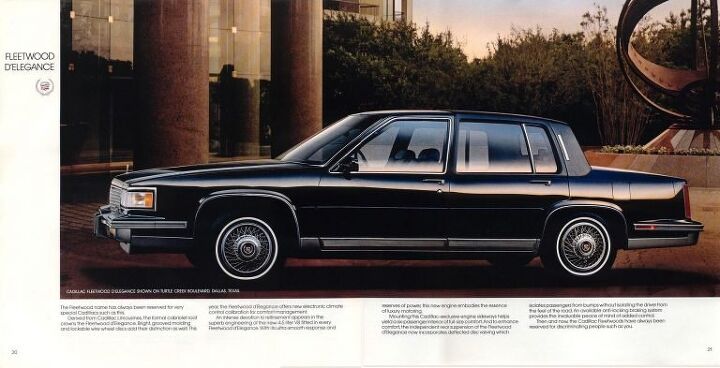#CAFEStandards
Abandoned History: General Motors' High Technology Engine, and Other CAFE Foibles (Part IV)
We return to the saga of GM’s High Technology engine today, after taking a diesel detour in our last entry. Concurrent in the High Technology engine’s timeline, the Oldsmobile diesel’s failure was quick, but certainly not painless. It put the majority of American consumers off the idea of a passenger car equipped with a diesel engine. And by the time GM pulled the diesel from its various brand lineups, there was a strategy change over in HT4100 land: Not calling the engine HT anymore.
Abandoned History: General Motors' High Technology Engine, and Other CAFE Foibles (Part III)
In today’s edition of Abandoned History, we return once more to the late Seventies engines of General Motors. After the disaster which was the V8-6-4 and the subsequent release of the quite flawed HT4100 V8, we take a sidestep today into diesel. Time for a turn with the cost-cut cast iron Oldsmobile oil burner that accompanied the troubled gasoline engines at GM dealerships across the country.
Abandoned History: General Motors' High Technology Engine, and Other CAFE Foibles (Part II)
In our last edition of Abandoned History, we covered the years leading up to the release of the Cadillac High Technology V8. Used almost exclusively in 1981, the disastrous V8-6-4 had a primitive engine management system that could deactivate either two or four cylinders on Cadillac’s traditional V8. And while the idea was sound, the technology and engineering behind it were not. Cadillac was left in a bind and needed a replacement engine immediately. But the engine of choice was not finished, and not ready for primetime. Ladies and gentlemen, welcome the medium-rare HT4100.
Abandoned History: General Motors' High Technology Engine, and Other CAFE Foibles (Part I)
A modern and efficient V8 of 4.1 liters, the HT4100 was the exciting way forward for Cadillac’s propulsion needs in the early Eighties. The engine came hot on the tail of a very iffy cylinder deactivation experiment, V8-6-4. Unfortunately, just like the cylinder games before and the Northstar after, the HT was plagued with issues that took years to iron out. The HT in its name meant High Technology but could’ve meant Halfway There. Let’s travel back to the Seventies and talk cylinders.



















Recent Comments